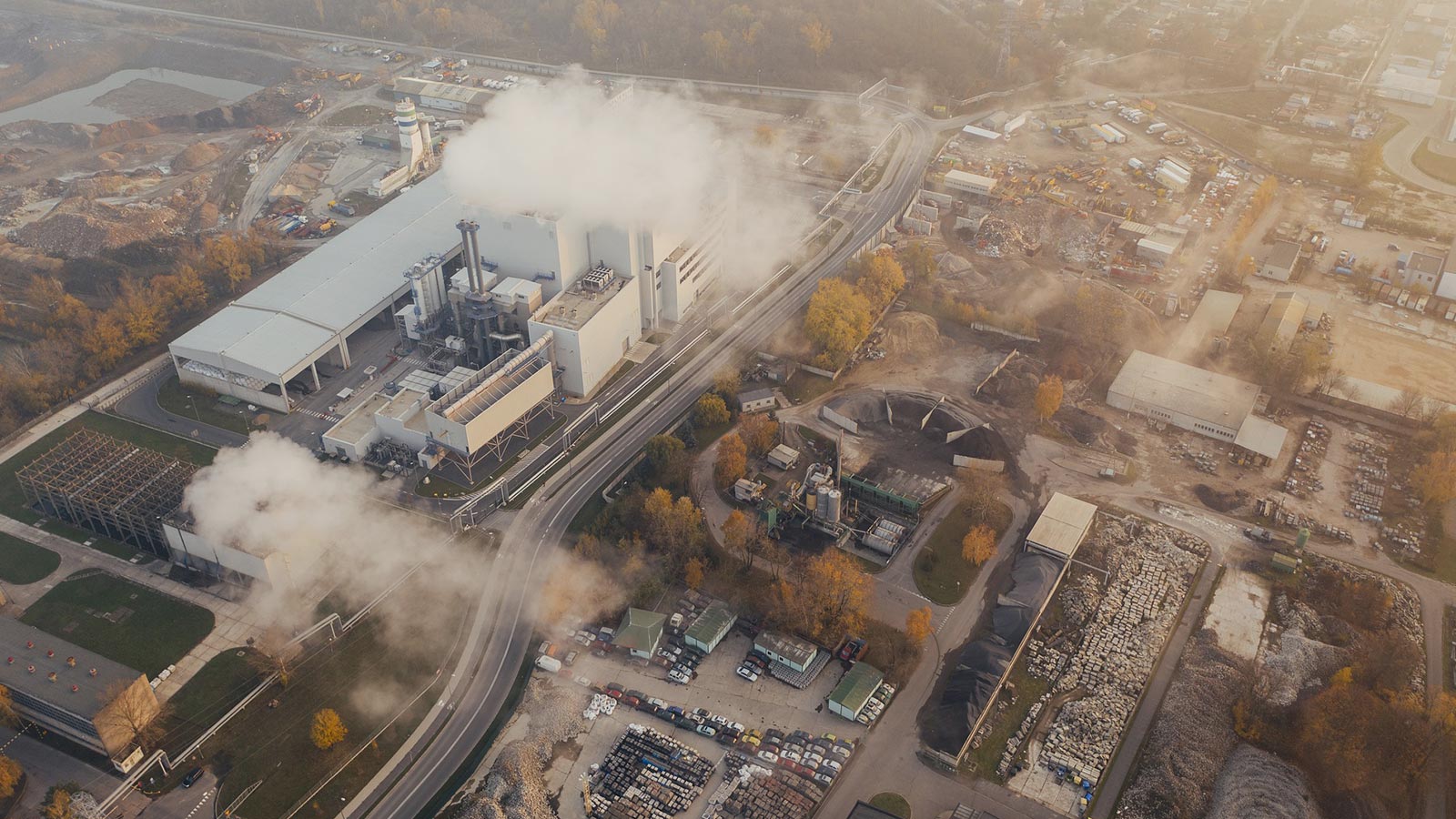Resilient Cities: Adapting to Climate Change for a Sustainable Future
March 23, 2023
2 min read
-
Introduction:
- Highlighting the increasing impacts of climate change on cities
- Emphasizing the need for cities to adapt and become more resilient
- Setting the stage for exploring strategies to build resilient cities for a sustainable future
-
Understanding Climate Change Impacts on Cities:
- Discussing the specific challenges and risks that cities face due to climate change
- Exploring the impacts of rising temperatures, sea-level rise, extreme weather events, and changing precipitation patterns
- Highlighting the vulnerabilities of urban infrastructure, ecosystems, and social systems
-
The Importance of Resilient Cities:
- Explaining the concept of resilience in the context of cities
- Discussing the benefits of building resilient cities for long-term sustainability
- Highlighting how resilient cities can mitigate climate risks, protect communities, and enhance quality of life
-
Assessing Climate Risks and Vulnerabilities:
- Exploring methodologies for assessing climate risks and vulnerabilities in cities
- Discussing the importance of conducting climate risk assessments and vulnerability mapping
- Highlighting the role of data and modeling in understanding and prioritizing adaptation measures
-
Enhancing Urban Infrastructure:
- Discussing strategies for adapting and improving urban infrastructure to climate change
- Exploring approaches to building resilient transportation systems, water management infrastructure, and energy networks
- Highlighting the importance of green infrastructure and nature-based solutions in enhancing resilience
-
Climate-Informed Urban Planning:
- Discussing the role of climate-informed urban planning in adapting to climate change
- Exploring strategies for integrating climate considerations into land use planning, zoning, and development regulations
- Highlighting the importance of considering projected climate impacts and future scenarios in urban planning processes
-
Community Engagement and Social Resilience:
- Highlighting the importance of community engagement in building resilient cities
- Discussing strategies for fostering community resilience and social cohesion
- Exploring approaches to empower vulnerable communities and ensure equitable adaptation
-
Sustainable and Climate-Resilient Buildings:
- Exploring strategies for constructing sustainable and climate-resilient buildings
- Discussing green building design principles, energy efficiency measures, and resilient building materials
- Highlighting the importance of incorporating climate adaptation strategies into building codes and standards
-
Integrating Ecosystem Services:
- Exploring the role of ecosystems in building climate resilience in cities
- Discussing the benefits of preserving and restoring urban ecosystems
- Highlighting the importance of integrating ecosystem services into urban planning and design
-
Collaboration and Partnerships:
- Discussing the importance of collaboration and partnerships in building resilient cities
- Exploring examples of successful collaborations between governments, communities, businesses, and NGOs
- Highlighting the need for multi-stakeholder engagement and knowledge sharing
-
Financing Resilient Cities:
- Discussing financing mechanisms and strategies for funding resilient city initiatives
- Exploring innovative financing models, public-private partnerships, and international funding opportunities
- Highlighting the importance of leveraging financial resources and engaging the private sector
-
Monitoring and Evaluation:
- Discussing the importance of monitoring and evaluating resilience measures in cities
- Exploring indicators and metrics for measuring progress and effectiveness
- Highlighting the role of data-driven decision-making and adaptive management in building resilient cities
-
Case Studies and Success Stories:
- Presenting case studies of cities that have successfully adapted to climate change
- Highlighting innovative and replicable approaches to building resilient cities
- Showcasing cities as examples of sustainable and resilient urban development
-
Conclusion:
